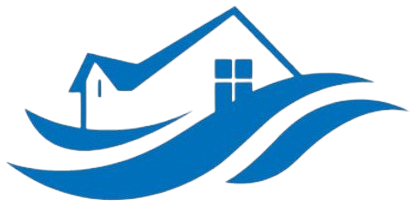Structural Restoration Solutions in Duluth, Georgia
Possible Causes of Structural Damage
Water intrusion is a common culprit behind structural damage in homes and businesses. Leaking roofs, burst pipes, faulty plumbing, or appliance malfunctions can introduce excessive moisture into your property. Over time, this moisture can weaken walls, ceilings, and foundations, leading to costly repairs if not addressed promptly.
Flooding from heavy rains or sewer backups can also cause significant structural issues. When water saturates building materials like drywall, wood, and concrete, it not only compromises their integrity but also creates an environment conducive to mold growth. Identifying the source of water is crucial to ensure proper mitigation and prevent future damage.
How We Can Fix That
Our team begins by thoroughly assessing the extent of the damage using advanced moisture detection tools. We identify hidden areas of water intrusion and evaluate the structure’s stability to develop a comprehensive restoration plan. This initial step ensures we target all affected areas for the best possible outcome.
Next, we remove damaged materials carefully to prevent further deterioration. Our experts utilize specialized drying equipment, such as industrial dehumidifiers and high-speed air movers, to extract moisture from deep within walls and flooring. This rapid moisture removal helps prevent mold growth and secondary damage.
Finally, we restore the structure by repairing or replacing compromised building elements. Our team works efficiently to reinforce foundations, replace drywall, or rebuild damaged framing, ensuring your property returns to its original condition. We also provide mold remediation services if necessary, safeguarding your health and property’s integrity.
Why Choose Us for Structural Restoration
We bring years of experience handling water damage restoration projects in Duluth and nearby areas. Our team is trained and certified in the latest restoration techniques, ensuring reliable and effective service every time. We understand how urgent it is to act quickly to minimize structural damage and restore safety to your property.
Our commitment to customer satisfaction sets us apart. We communicate clearly throughout every step of the process, providing transparent updates and tailored solutions that fit your specific needs. You can rely on us to keep your property safe, dry, and structurally sound.
When you choose our experts, you get access to state-of-the-art equipment and proven restoration methods. We prioritize quality workmanship and durability to ensure your property withstands future challenges. Call us today at (888) 884-7150 for immediate assistance and expert structural restoration services in your area.
Frequently Asked Questions
What are the signs of water damage in my home’s structure?
Common signs include discolored or sagging drywall, warping wood or flooring, a musty smell, and visible mold growth. If you notice any of these, it’s essential to have a professional inspection quickly.
How long does structural restoration typically take?
The timeline varies depending on the extent of the damage. Minor repairs can be completed within a few days, while more extensive work might take a week or more. Our team provides a detailed estimate after assessment.
Will I need to leave my property during restoration?
In most cases, you can remain in your home during the restoration process. However, certain phases, like demolition or mold remediation, might require temporary vacating for safety reasons. We coordinate with you to minimize disruption.
Is mold risk after water damage a concern?
Yes, mold can develop rapidly in moist environments. Our team uses advanced mold remediation techniques to eliminate existing mold and prevent future growth, protecting your health and property.
How can I prevent future water damage?
Regular maintenance, such as inspecting plumbing, cleaning gutters, and ensuring proper drainage, can help reduce the risk. Additionally, installing waterproofing measures and monitoring moisture levels are effective preventative strategies.
